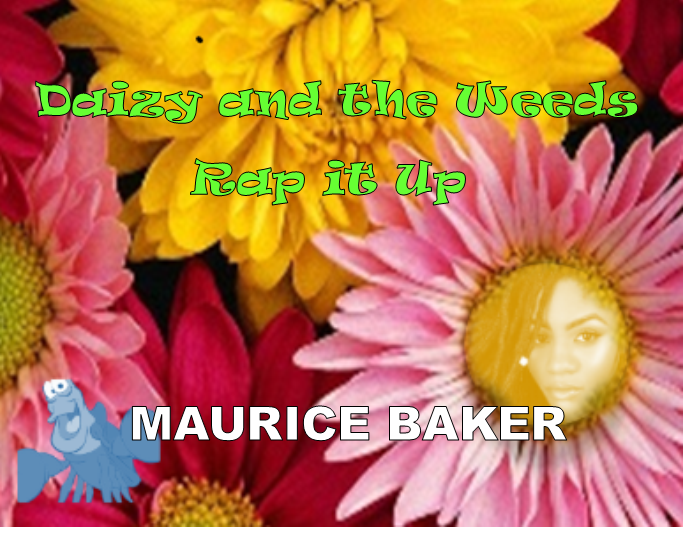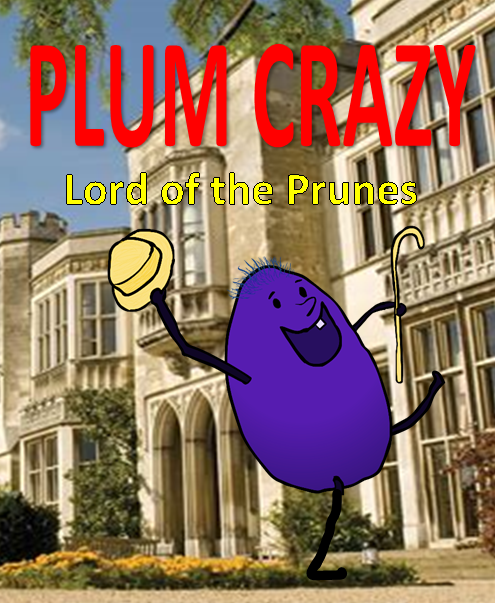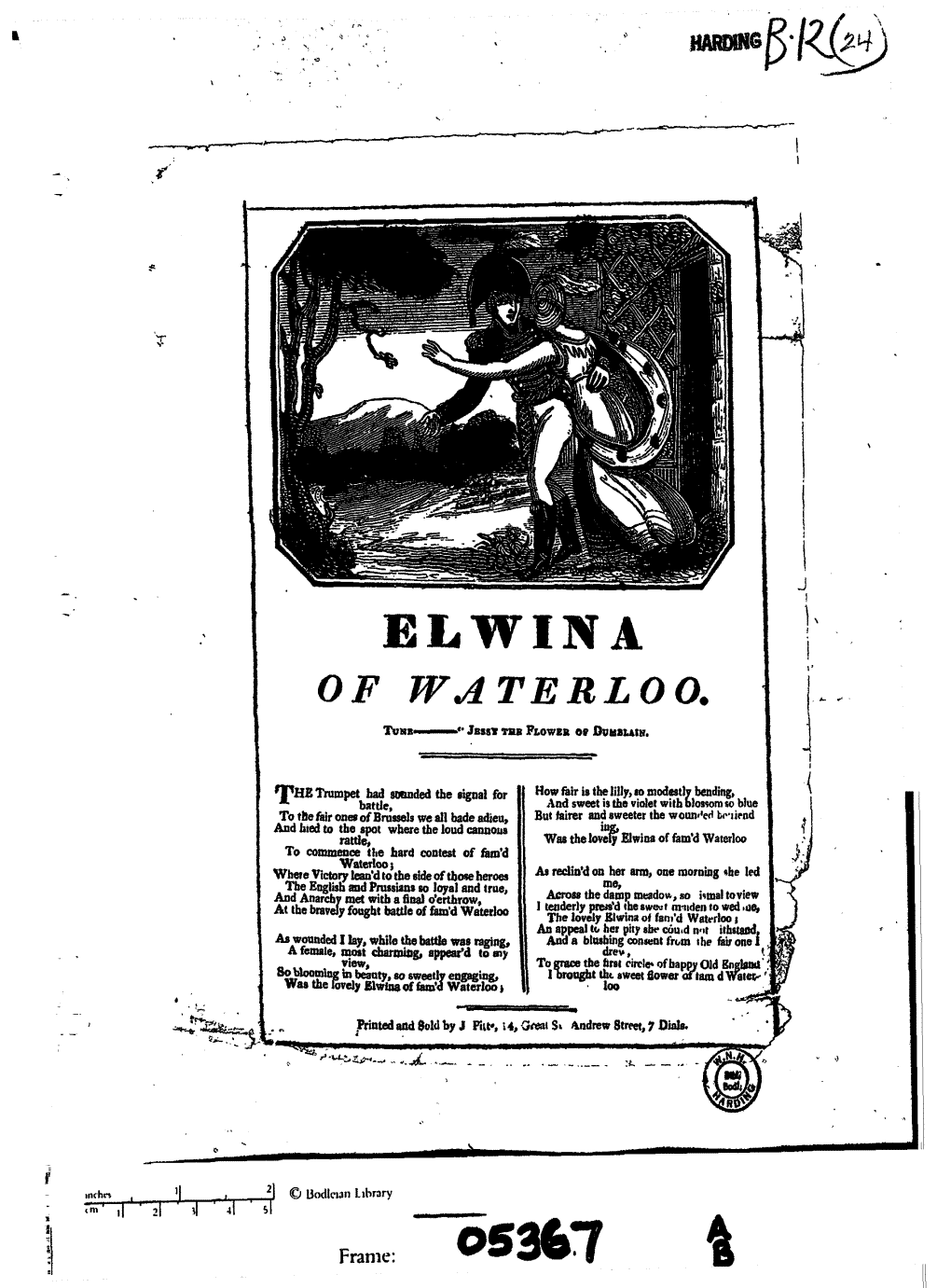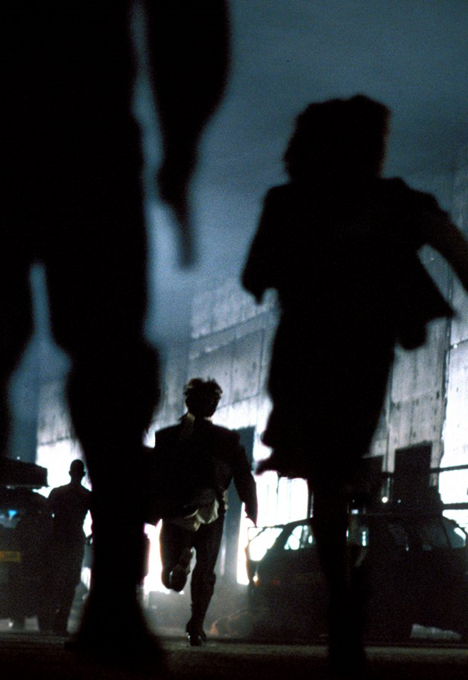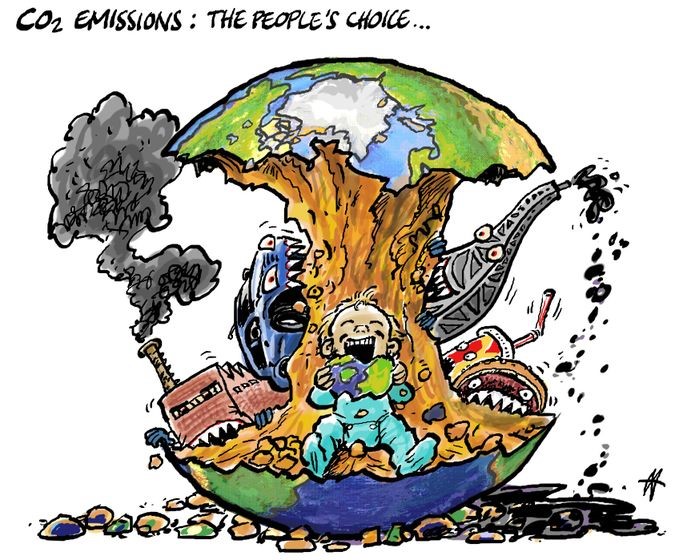Daizy and the Weeds Rap it Up (now available on Amazon) is my latest novel for older teenagers and was originally called Voice of the Lobster, a title I still prefer. However, advice from agent’s website (I forget which) was to have a title that summarised or indicated the book’s content – or avoid one that could not be understood until the story had been read. I took the point, even though many books do not follow this rule. I suppose well-known authors can break the rule because readers are attracted to them and aren’t fazed by an obscure title. Anyway, my book is about a girl called Daizy from the Weed family who make music including rap so I hope this is now acceptable. Preferably, I hope an agent/publisher shows interest in forking out for the manuscript. And, of course, people will purchase the book from Amazon.
I began writing the story some years ago (maybe 10 or 15) and always intended coming back to it when the time was right. It includes contemporary issues such as racism, media bullying, dysfunctional families, etc, and focuses on the two major preoccupations of my life; music and working with young people.
The central character is Nina, a black teenager and one of a large extended family of travellers who narrowly escape being killed in an arson attack on their bus. Far-right activists harass the family, but they are protected by a mysterious friend who offers to support them in exchange for musical performances. Nina and the Weeds are successful but discover a racist group has been exploiting the band by inserting subliminal messages into their performances. Nina’s absent father, we later discover, along with the political activists behind the conspiracy, served in the army together and were involved in the massacre of a rebel group in Somalia some years previously. The crime is kept secret, but Nina uncovers it and, eventually establishes her father’s innocence.
Some might criticize me as a white middle-aged man for having a black teenage girl as the main character but, I believe, readers will understand when they get into the book. Also, as an author, I hope I have sufficient imagination to write about a whole range of characters who may or may not share my background or life experiences. In fact, the most important characters in the book are troubled teenagers (boys, girls, black and white) and for many years I worked with just such kids in the education system.
The following is an extract early on in the novel after Nina and her New Age traveller family have been fire-bombed out of their campsite and sought refuge at a squat in the suburbs.
She was sick and tired of the weird, wired and wacky, mad and muddy, spaced-out and tacky world of the road. The festivals, campfires, communes, raves, road rallies, tree protests and other radical scenes which, when all was said and done, made every day a bad hair day and each night fit only for dirty dogs and frozen turkeys. It also helped if you were an eco-warrior, fired up by dreams of anarchy and revolution – so full of it in fact you were blind to the squalor and lack of privacy – but she wasn’t.
No, all Nina wanted was a bit of peace and quiet. Not the ‘chill man’ type of peace that made you cringe and feel like swatting every doped-up body-painted loon that hung around the fringes of her world like mosquitoes, but the everyday type of peace she’d only ever glimpsed at enviously from a distance through the curtains of suburban terraces. Houses, in fact, exactly like the one they were in now.

